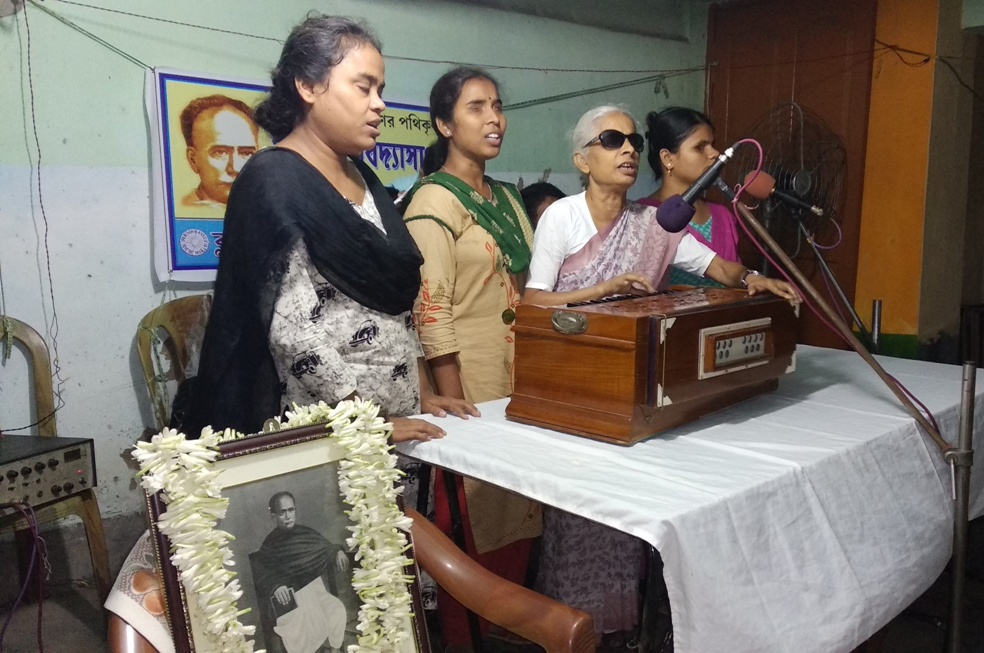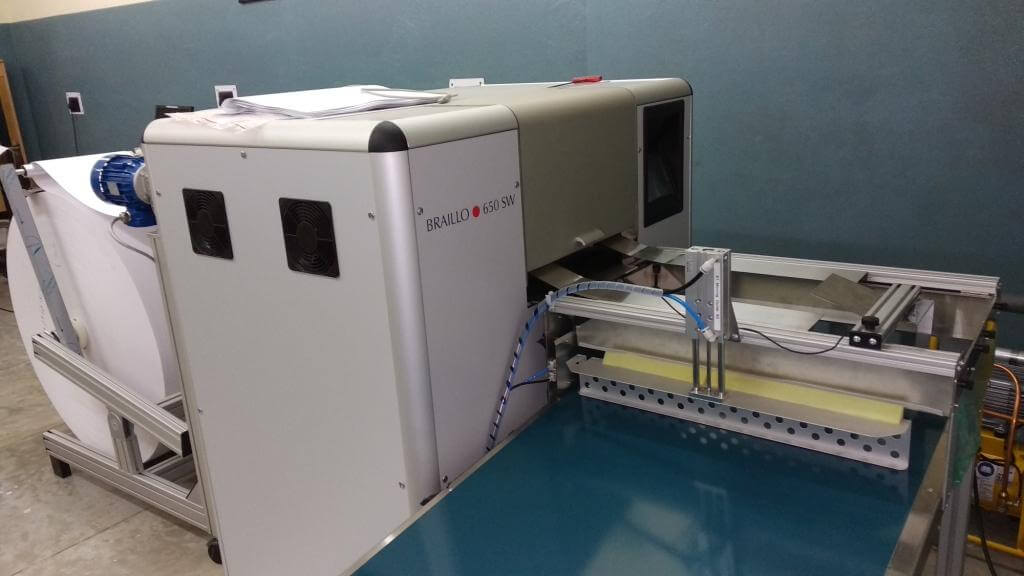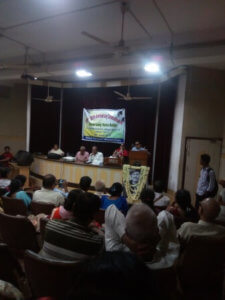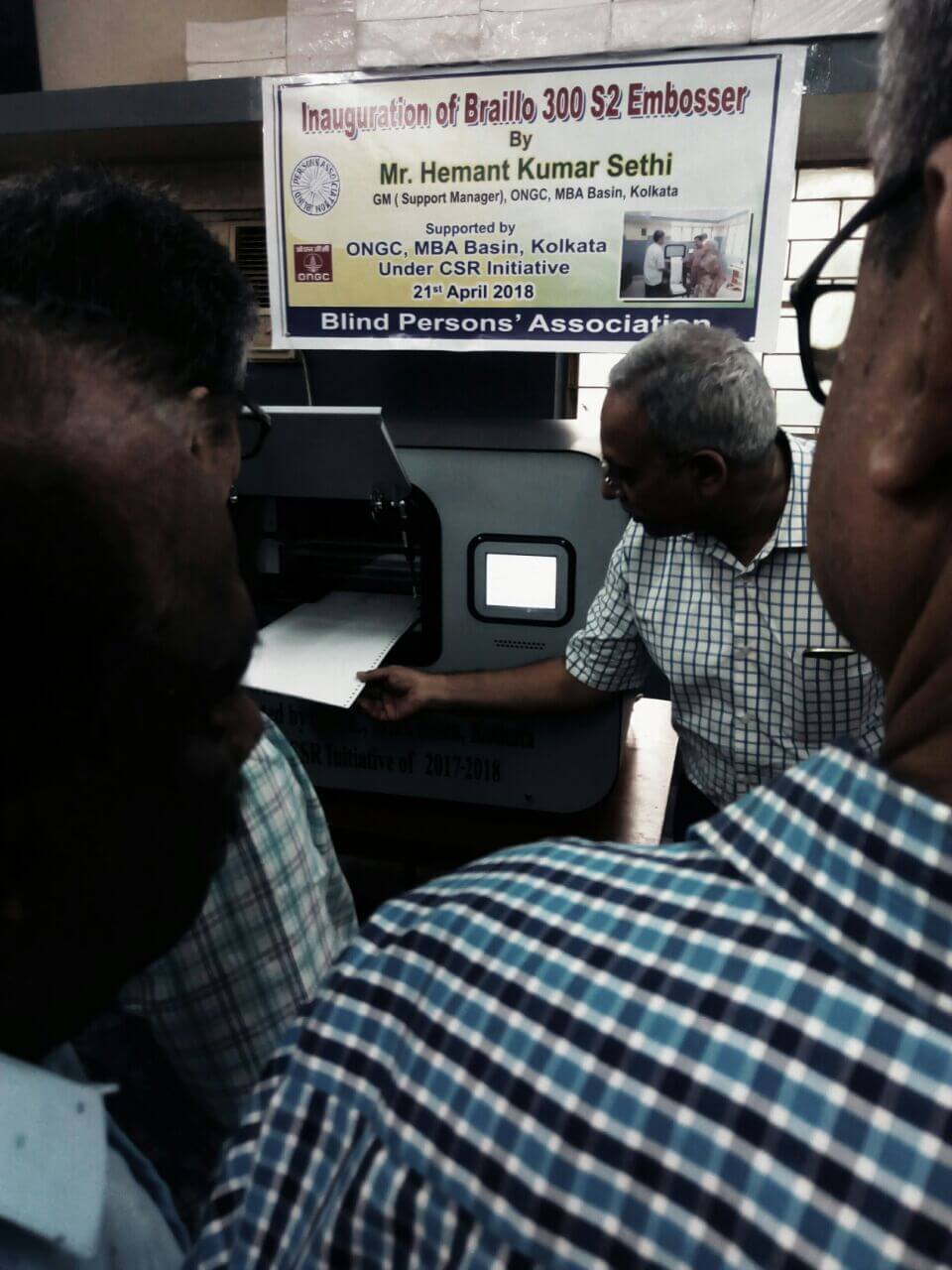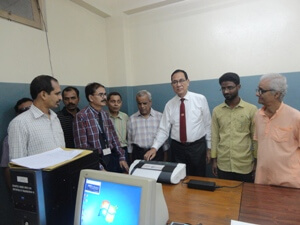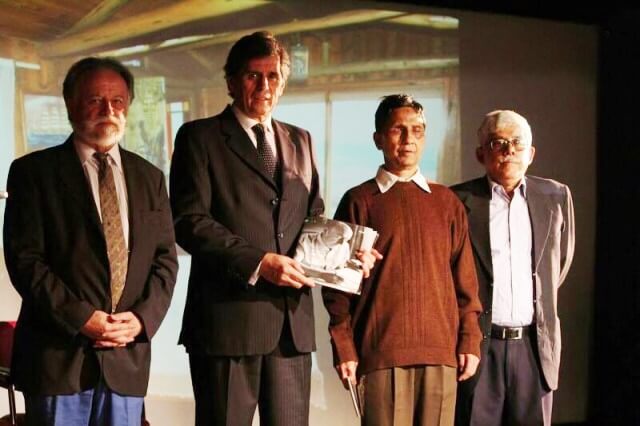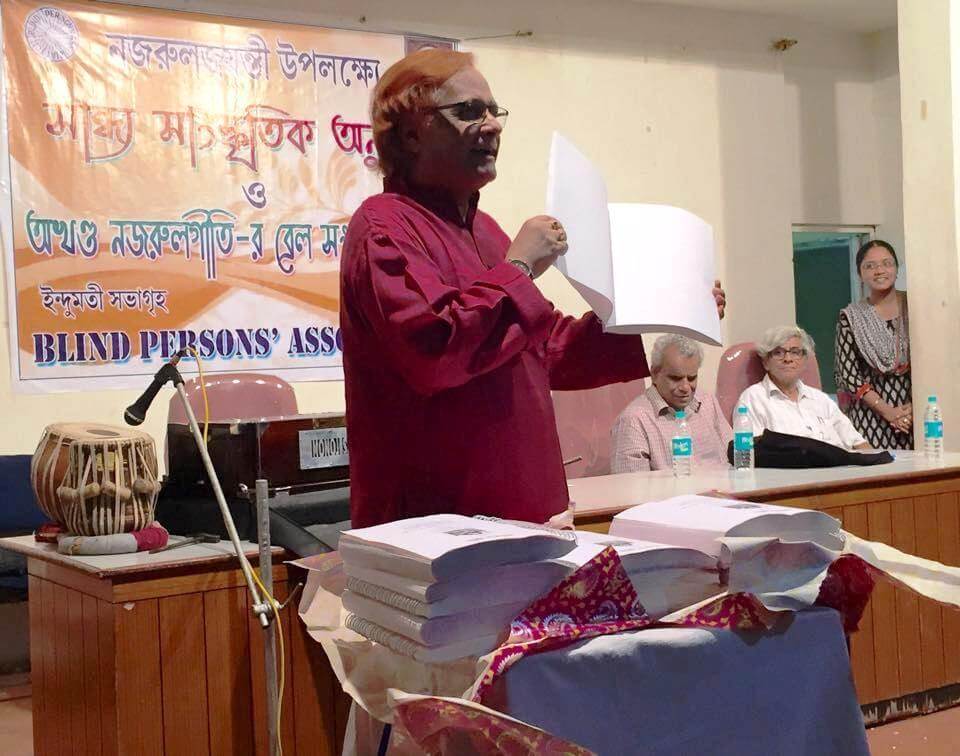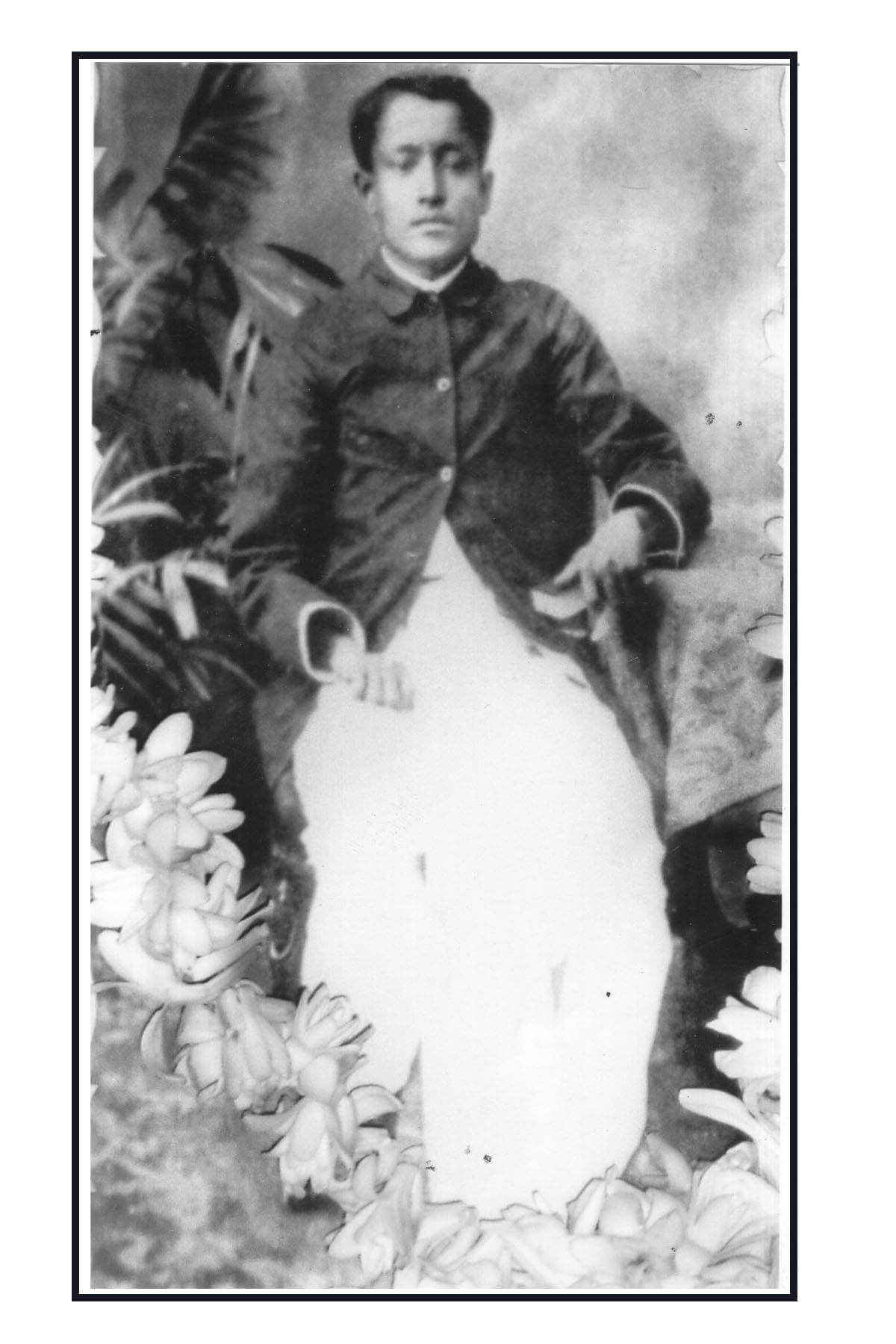On this bicentennial birth anniversary year of Monsieur Louis Braille, Blind Persons’ Association offers its deepest homage and highest tribute to the sacred memory of this great scientist and deliverer of the blind. By his epoch-making invention of the raised dot system of tactile reading and writing for the sightless and the deaf-blind consisting of six dots, named after him, M. Braille had thrust open to the millions and millions of blind and deaf-blind persons all over the world the golden gates of the treasure-house of knowledge acquired by mankind through centuries of struggle and sacrifice.
Even before the advent of braille system the blind were taught to read and write; various methods were experimented none, however, proved very successful. They were all very costly and time-consuming and books produced under those systems occupied vast area of space.
However, the 19th century saw revolution in the system of reading and writing of the blind. Charles Barbier, an artillery captain of Napoleon’s army, devised a system of secret writing for the use of his soldiers in the dark at night. It was meant for speedy dispatch of military information without the knowledge of the enemy. It was called a ecriture nocturne or night writing. The system consisted of twelve raised dots arranged in two columns, each six dots high. By different combination of twelve dots, it was possible to obtain 4095 characters. Barbier’s system, however, was based on phonetics, rather than on letters of the alphabet. Words were represented through sounds and the students could not learn to spell them. Barbier also produced a machine to emboss books in to his system.
In 1819 he demonstrated his system in the museum of industrial products where the blind students of Royal Institute for Blind Youth of Paris were also exhibiting their system of reading and writing.
It is most possible that M. Barbier might have seen them and become interested in the teaching of his system to the children of the blind school in Paris. He was readily given a chance and a batch of students was selected for learning his system. The batch included young Louis.
Young Braille who had never been satisfied with the existing system of reading and writing of the blind received Barbier’s system with ecstatic enthusiasm. With his keen sense of observation he realized that the raised dot system was all he had dreamt of all his life. As an ardent observer he felt nevertheless the defects of sonography. He made many suggestions to Barbier for improving his system. But Braille was too young to influence the veteran captain.
The teenager took the destiny in his own hands and started revising the system according to his own talent and experience. At the first stroke, he reduced the number of dots from 12 to 6 and arranged them in to two columns, each three dots high instead of 6 as done by Monsieur Barbier. This reveals the innate genius of Louis Braille, since six dots come within the easiest reach of the fingertips, the most sensitive parts of the body to feel through touch. This fact has been corroborated through laboratory experiments in later years. The question is how could Braille come to know this important fact? Perhaps through personal experience and that of his friends. Be that as it may, this proves his immense power of observation and imagination.
By combination of six dots he got 63 characters each of which he assigned to a letter of the alphabet or to a punctuation or mathematical sign or to a notation of music. It is surprising to note that he completed his system when he was a boy of 15 only.
Braille experimented his system upon his sightless colleagues and students (Louis became a pupil teacher of his own school) all of whom acclaimed his invention. Louis also devised an instrument for writing in his system.
The new system became very popular with the pupils of the institution, who took notes using the same. At first the school authorities heartily cooperated with Braille, so much so that the then director, M. Pignier, produced books prepared in the new system. However, in 1840 Pignier was pensioned off and Dufau became the director. He prohibited the use of Braille’s system within the premises of the school. The champions of the raised dot system, the students and the friends of Braille, had continued its use defying all kind of threat and punishment and ultimately achieved their victory. Musical notations, however, continued being embossed in braille system in the school.
Louis Braille died in 1952 and his system was officially recognized by France in 1854 and was named after him. Braille received international recognition at Paris congress in 1878.
Braille writers were invented to make braille embossing easier and speedier; braille presses were set up to facilitate mass production of braille books. Braille presses are computerized for the swiftest production.
Inspite of all these developments, braille is facing a serious threat from other quarters. Invention and spread of various other audio equipments have reduced the importance of braille system to a great extent. Even a cry has been raised for doing away with braille altogether as has been expressed in Salamanca declaration.
However, braille cannot be eclipsed from the lives of the blind since study of serious subjects like science, mathematics and other difficult areas of knowledge are unimaginable without braille books. Besides, knowledge of spelling is hard to be acquired without reading in braille. Then again, braille is essential for deaf-blind students, as they have no access to audio media. Braille may be supplemented by other media but cannot be totally eliminated.
There are some who try to minimize Louis Braille’s contribution by arguing that M. Braille had done nothing than modifying a system handed to him by Charles Barbier. Suffice it to say in reply that his modification was so radical, so scientific and so user-friendly in nature, that it is tantamount to a new revolutionary invention. Over and above, all scientists owe some debts to their predecessors. Monsieur Braille expressed his debt to Monsieur Barbier on many occasions in no uncertain terms.
Let us then conclude by paying our heartfelt homage mingled with respect and gratitude to the immortal memory of Louis Braille, the greatest crusader against darkness.
Recommended Readings on Louis Braille
We recommend the following Braille books published by our Braille press at Lal Bihari Shah Braille Academia:
Reading Fingers by Jean Roblin (Translation from French into English by Ruth G. Mandalian
Louis Braille by Jennifer Fisher Bryant
Louis Braille by Margaret Davidson
Louis Braille by Pierre Henri (translated from French into English by Elizabeth Whitehead)
We also recommend Swapan Mukhopadhyay’s Louis Braille for an excellent biography of this inventor in Bengali. You can contact the audio books section of our library for an audio version of this book. Check our book list for details on these books. If you are interested, you can learn Braille system quite easily.
You may also enjoy listening to Dilip bala’s poem on Mahamati Louis Braille from Shrutikalpa YouTube channel.

